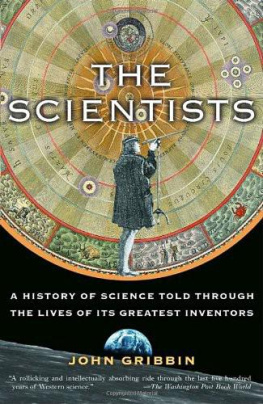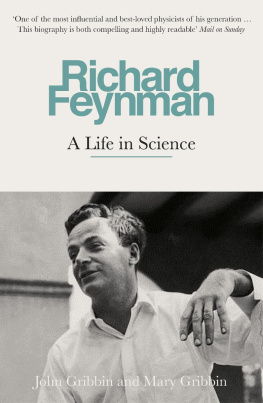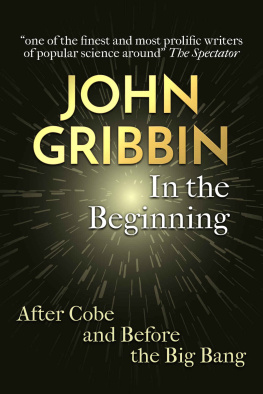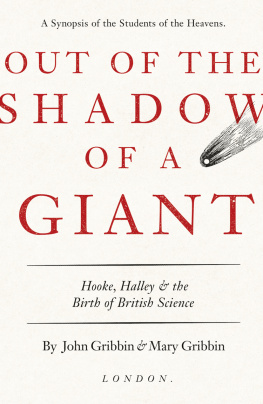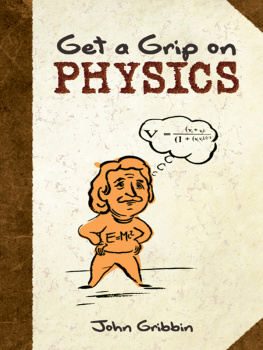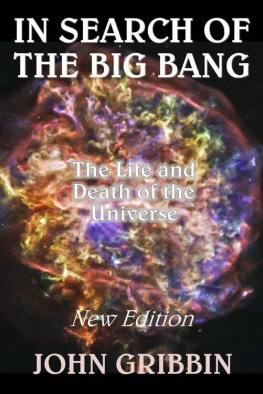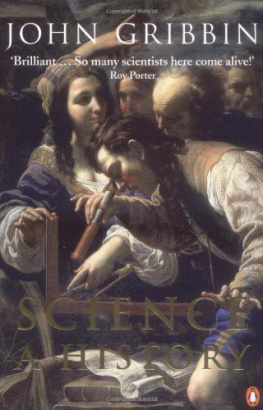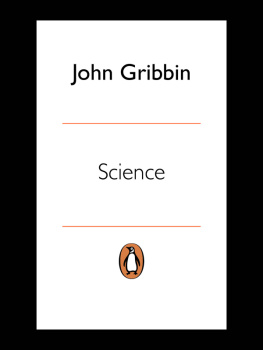2 - The Last Mystics
The movement of the planets - Tycho Brahe - Measuring star positions - Tycho's supernova - Tycho observes comet - His model of the Universe - Johannes Kepler: Tychos assistant and inheritor - Kepler's geometrical model of the Universe - New thoughts on the motion of planets: Kepler's first and second laws - Kepler's third law - Publication of the Rudolphine star tables - Kepler's death
The person who most deserves the title of first scientist was Galileo Galilei, who not only applied what is essentially the modern scientific method to his work, but fully understood what he was doing and laid down the ground rules clearly for others to follow. In addition, the work he did following those ground rules was of immense importance. In the late sixteenth century, there were others who met some of these criteria - but the ones who devoted their lives to what we now call science were often still stuck with a medieval mindset about the relevance of all or part of their work, while the ones who most clearly saw the, for want of a better word, philosophical significance of the new way of looking at the world were usually only part-time scientists and had little influence on the way others approached the investigation of the world. It was Galileo who first wrapped everything up in one package. But Galileo, like all scientists, built on what had gone before, and in this case the direct link is from Copernicus, the man who (himself drawing on the work of his predecessors such as Peuerbach and Regiomontanus) began the transformation of astronomy in the Renaissance, to Galileo, via Tycho Brahe and Johannes Kepler (and on, as we shall see, from Kepler and Galileo to Isaac Newton). Tycho, as he is usually known, also provides a particularly neat example of the way in which profoundly significant scientific work could still, at that time, be mixed up with distinctly old-fashioned and mystical interpretations of the significance of that work. Strictly speaking, Brahe and Kepler werent quite the last mystics - but they certainly were, in astronomy at least, transitional figures between the mysticism of the Ancients and the science of Galileo and his successors.
Tycho Brahe was born in Knudstrup, on the southern tip of the Scandinavian peninsula, on 14 December 1546. This is now in Sweden but was then part of Denmark. The baby was christened Tyge (he was even a transitional figure in the way that he later Latinized his first name, but not his surname). He came from an aristocratic family - his father, Otto, served the King as a Privy Counsellor, was the lieutenant of several counties in turn and ended his career as governor of Helsingborg Castle (opposite Elsinore, later made famous by William Shakespeare in Hamlet, first performed in 1600). As Ottos second child but eldest son, Tycho was born with the proverbial silver spoon in his mouth, but his life almost immediately took a twist which might have come right out of a play. Otto had a brother, Joergen, an admiral in the Danish navy, who was married but childless. The brothers had agreed that if and when Otto had a son, he would hand the infant over to Joergen to raise as his own. When Tycho was born, Joergen reminded Otto of his promise, but received a frosty response. This may not have been unrelated to the fact that Tycho had a twin brother who was stillborn, and his parents may well have feared that Ottos wife, Beate, might not be able to have more children. Biding his time, Joergen waited until Tychos first younger brother was born (only a little over a year later) and then kidnapped little Tycho and took him off to his home at Tostrup.
With another healthy baby boy to raise (Otto and Beate eventually produced five healthy sons and five healthy daughters) this was accepted by the family as a fait accompli, and Tycho was indeed raised by his paternal uncle. He received a thorough grounding in Latin as a child before being sent to the University of Copenhagen in April 1559, when he was not yet 13 years old - not unusually young in those days for the son of an aristocrat to begin the education aimed at fitting him for high office in the state or Church.
Joergens plans for Tycho to follow a career of service to the King in the political field began to fall apart almost at once, because on 21 August 1560 there was an eclipse of the Sun. Although total in Portugal, it was only a partial eclipse in Copenhagen. But what caught the imagination of 13-year-old Tycho Brahe was not the less-than-spectacular appearance of the eclipse, but the fact that the event had been predicted long before, from the tables of observations of the way the Moon seems to move among the stars - tables going back to ancient times but modified by later observations, particularly by Arabian astronomers. It seemed to him as something divine that men could know the motions of the stars so accurately that they could long before foretell their places and relative positions.
Tycho spent most of the rest of his time in Copenhagen (just over eighteen months) studying astronomy and mathematics, apparently indulged by his uncle as a phase he would grow out of. Among other things, he bought a copy of a Latin edition of the works of Ptolemy and made many notes in it (including one on the title page recording that he purchased the book, on the last day of November 1560, for two thaler).
In February 1562, Tycho left Denmark to complete his education abroad, part of the usual process intended to turn him into an adult fit for his position in society. He went to the University of Leipzig, where he arrived on 24 March, accompanied by a respectable young man called Anders Vedel, who was only four years older than Tycho but was appointed by Joergen as his tutor, to act as a companion and (it was clearly understood) to keep the younger man out of mischief. Vedel was partly successful. Tycho was supposed to study law in Leipzig, and he did this work with reasonable diligence. But his great academic love was still astronomy. He spent all his spare money on astronomical instruments and books, and stayed up late making his own observations of the heavens (conveniently, when Vedel was asleep). Even though Vedel held the purse strings, and Tycho had to account to him for all his expenditure, there was little the elder man could do to curb this enthusiasm, and Tychos skill as an observer and knowledge of astronomy increased more rapidly than his knowledge of law.
When Tycho became more knowledgeable about astronomy, though, he realized that the accuracy with which men seemed to know the positions of the stars was much less impressive than he had thought at first. In August 1563, for example, a conjunction of Saturn and Jupiter took place - a rare astronomical event in which the two planets are so close together on the sky that they seem to merge. This had great significance for astrologers, had been widely predicted and was eagerly anticipated. But while the actual event occurred on 24 August, one set of tables was a whole month late in its prediction and even the best was several days in error. At the very start of his career in astronomy, Tycho took on board the point which his immediate predecessors and contemporaries seemed unwilling to accept (either out of laziness or too great a respect for the Ancients) -that a proper understanding of the movement of the planets and their nature would be impossible without a long series of painstaking observations of their motions relative to the fixed stars, carried out to a better accuracy than any such study had been carried out before. At the age of 16, Tychos mission in life was already clear to him. The only way to produce correct tables of the motions of the planets was by a prolonged series of observations, not (as Copernicus had) by taking the odd observation now and then and adding them more or less willy-nilly to the observations of the Ancients.

